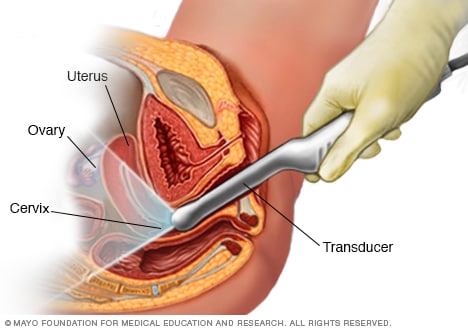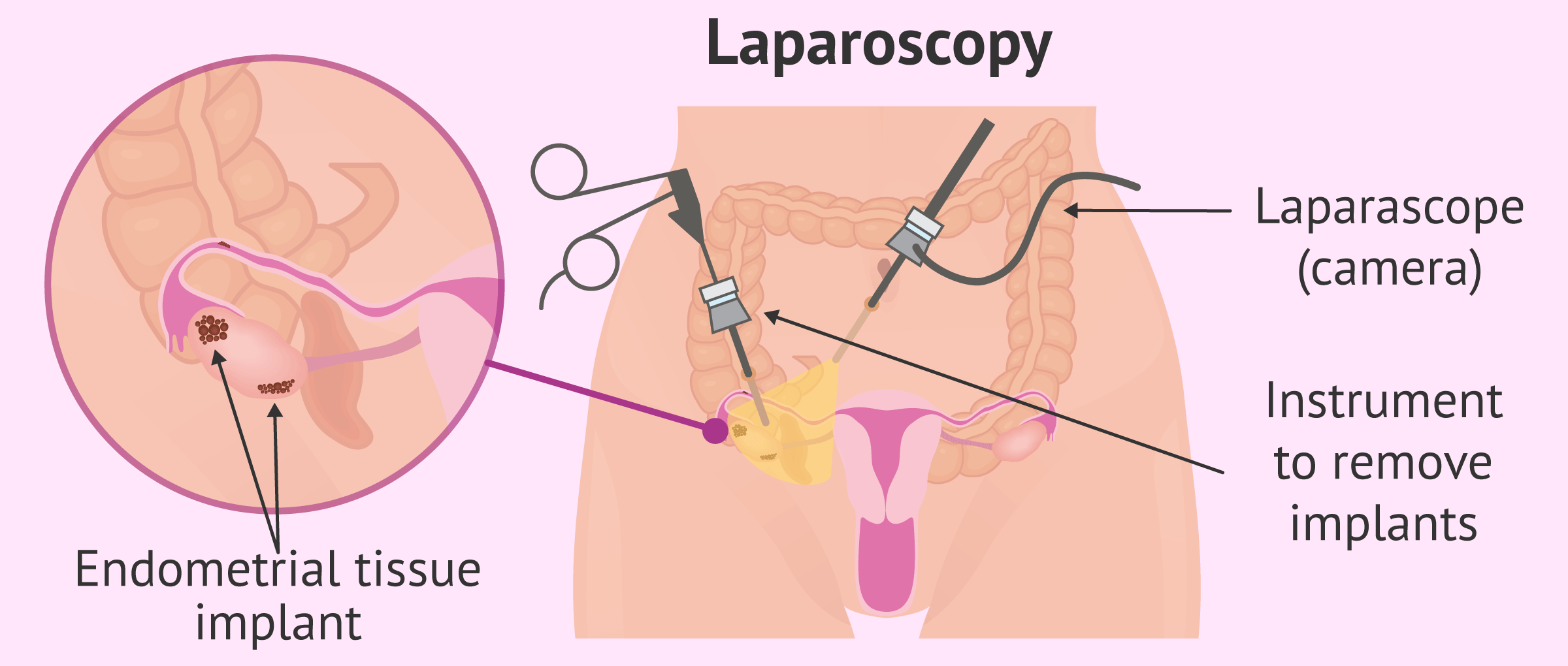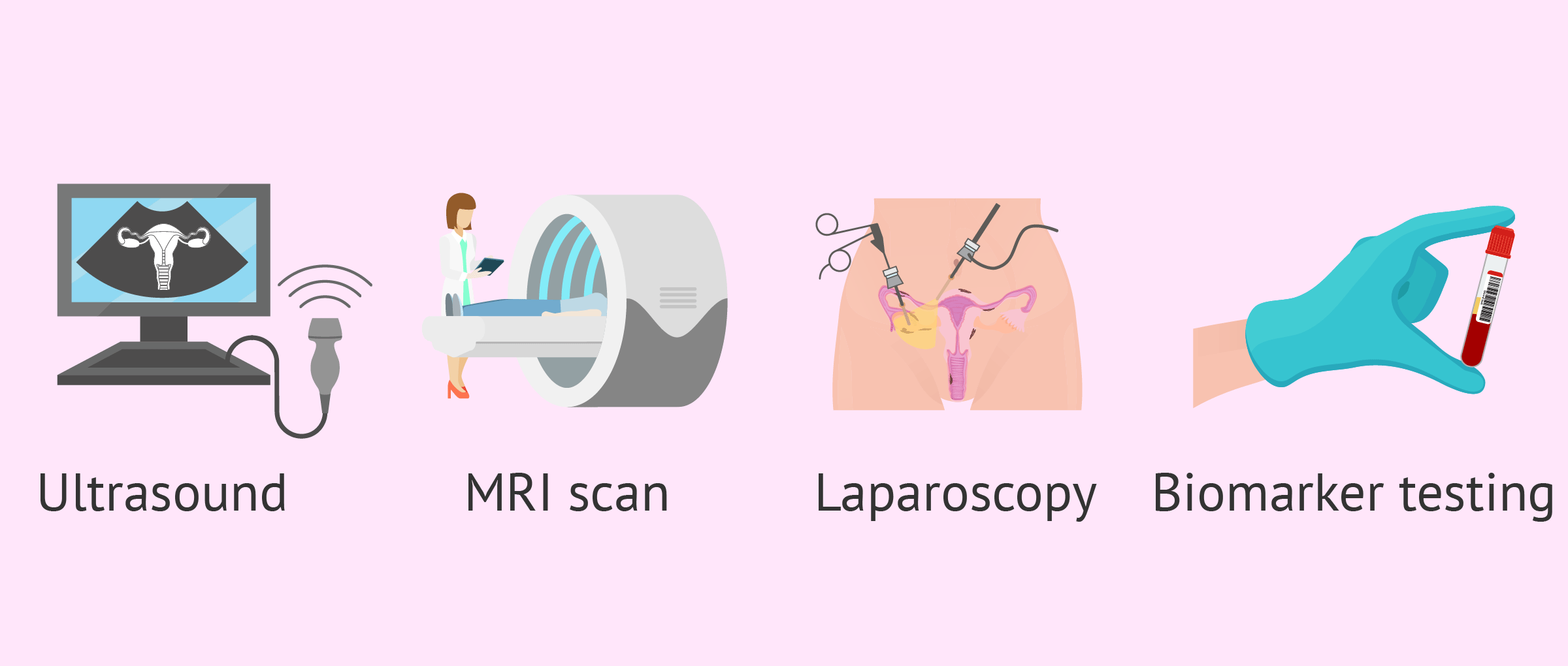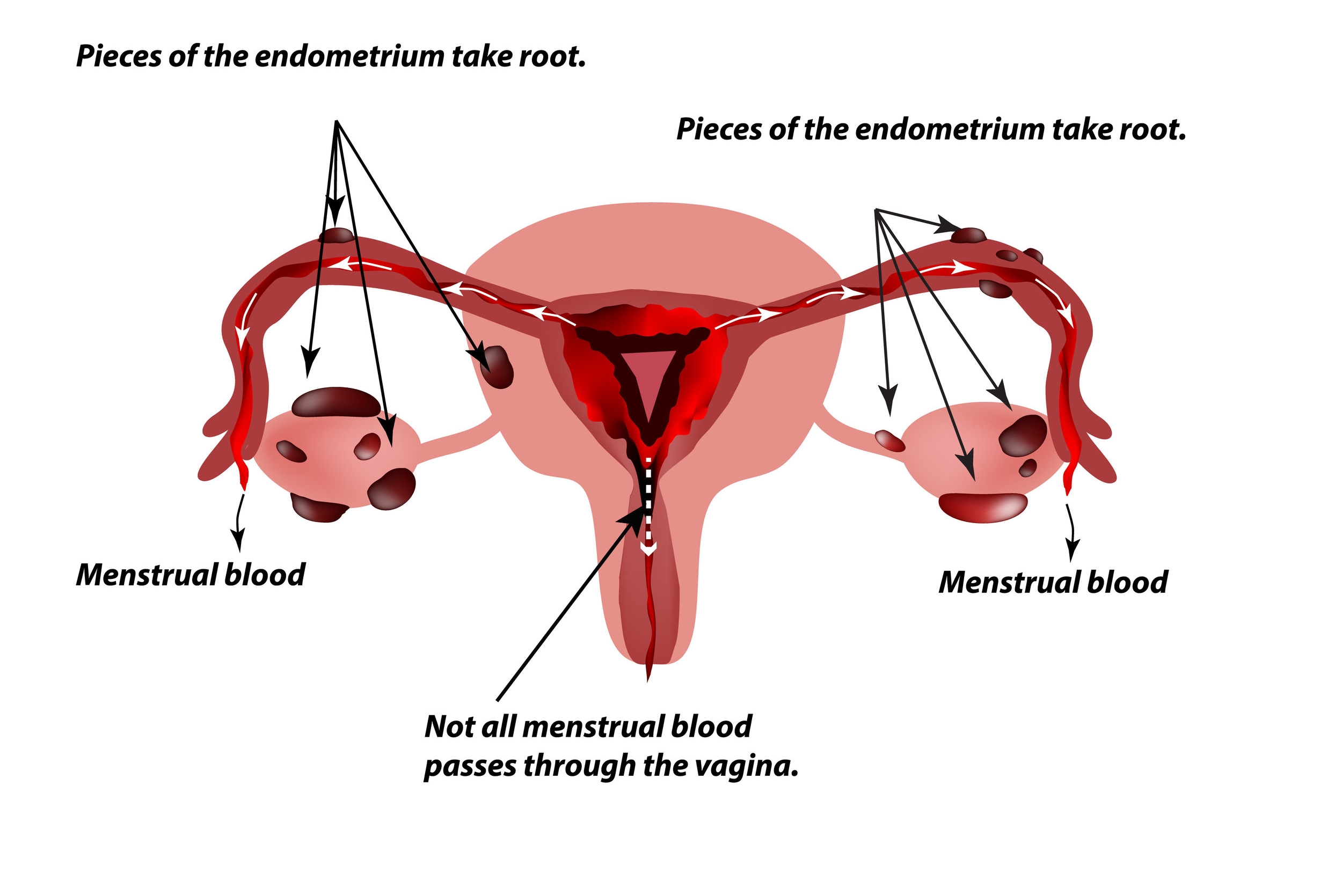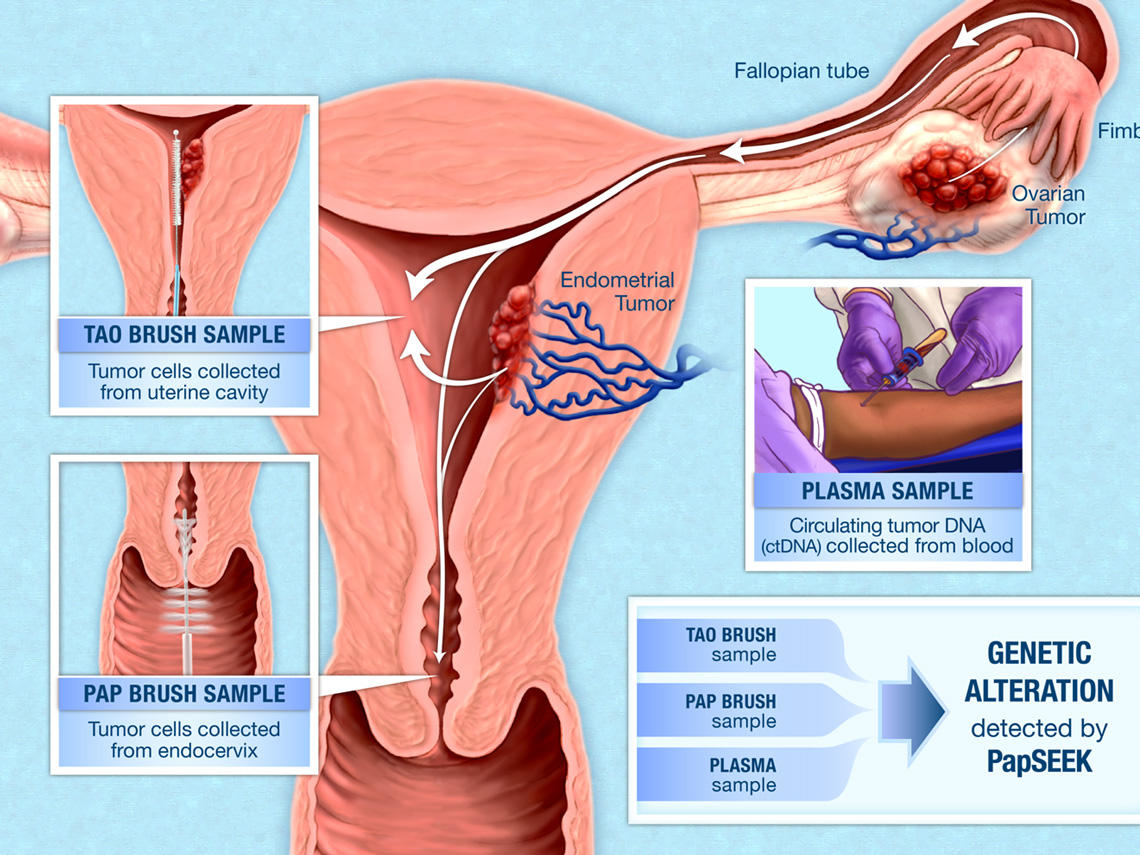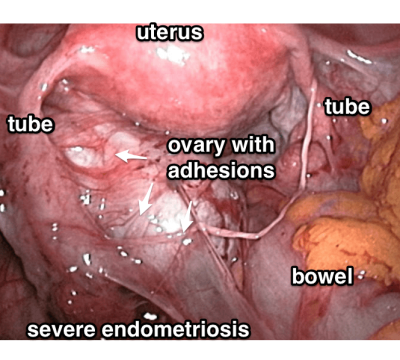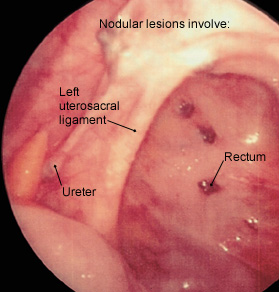Beautiful Work Tips About How To Detect Endometriosis

Ultrasounds can show large clumps of tissue that are likely signs of endometriosis.
How to detect endometriosis. Several tools are used to diagnose endometriosis, including medical history, pelvic exam, ultrasound, mri, ct scan, and laparoscopy with biopsy. But to date, anything less than. Ultrasounds, mri, ct scans, and endometrial biopsy samples can be part of a diagnostic workup.
“minimal” (stage i), “mild” (stage ii),. But ultrasounds can’t show tiny. A standard ultrasound scan of your abdomen or a transvaginal ultrasound scan.
Taking a tissue sample of the suspected endometriosis and examining the tissue using a microscope is the very best way to confirm the diagnosis of endometriosis. Tests to check for physical clues of endometriosis include: Pelvic exam.during a pelvic exam, your doctor manually feels (palpates) areas.
Are there other ways to formally diagnose endometriosis? The surgeon uses an instrument to inflate the abdomen slightly with a harmless gas. After making a small cut in the abdomen, the surgeon uses a small.
There are two types of ultrasound scans that you may have to help diagnose endometriosis: While a pelvic exam and careful review of your symptoms by an endometriosis specialist can often be highly predictive, as mentioned, the only way to definitely diagnose. Sahelian notes specific signs like weakening of bone mineral density while completely unaware of renal stone.
Cysts can be made into digesting foods. Ultrasound doesn’t always show endometriosis, but it is good at finding endometriomas, a type of ovarian cyst which is common in women with the condition. Endometriosis can only be definitively confirmed via minimally invasive surgery known as laparoscopy, “where we actually look inside under anesthesia using a small.

:max_bytes(150000):strip_icc()/how-endometriosis-is-diagnosed-4589378_v42-b3e446b200d3419abb65f0a825f4d109.png)

